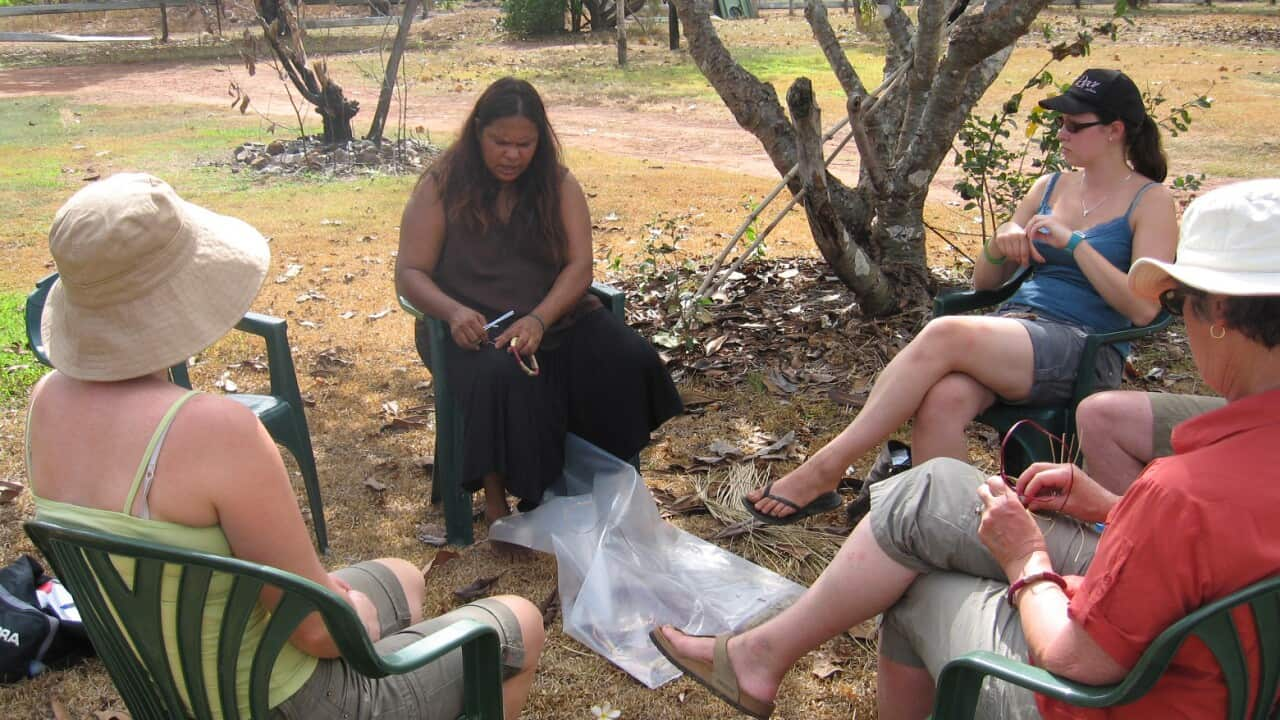Our sunburnt country, the land of sweeping plains that about in her poem, My Country, one of the staple images I think about when I think about Australia. In reality though, it really isn’t what Australia feels like.
We are urban dwellers, living and working in cities and suburbs.
We market a national identity to the world that centres on egalitarianism and the idea of ‘mateship’, when the truth is we are a competitive and class-based society.
We remember wars and pay our respect to those who suffered. We package and advertise the “Australian way of life” as simple, and peaceful, loyal...and almost entirely white.
The Australian national identity lacks Indigenous representation. I would like to see all Australians embrace and respect Indigenous culture. The problem is that this needs to be done in a certain way, and historically it hasn’t been. Indigenous culture has been appropriated and exploited by non- Indigenous people since European settlement, made possible by the inherent power differentials that exist within systems of colonialism.
Cultural appropriation is used to describe one group taking over the culture of another, specifically Western appropriations of non‐Western (or non‐white) artistic forms, themes or practices. It carries the connotations of exploitation and dominance. It is buying a Koori flag T-shirt made in Indonesia. It is an Anglo-Australian purchasing a didgeridoo made in China, thinking it connects them to Indigenous Australia.
Indigenous people only make up just over two per cent of the population, meaning for Aboriginal material culture to be more present in the national identity of Australia, a huge number of non-Aboriginal people will need to engage with, celebrate and wear Aboriginal stuff. This is an immediate red flag – it sounds like a recipe for exploitation. But not necessarily.
Indigenous culture has been appropriated and exploited by non- Indigenous people since European settlement, made possible by the inherent power differentials that exist within systems of colonialism.
Below are three simple things everyone can do to help bring Indigenous culture into the Australian national identity.
What to wear
I look to places like New Zealand, where lots of people embrace Māori culture by wearing Hei-Tiki necklaces, or Arizona where Native American and non-native Americans alike both wear turquoise jewellery – and for the most part, it’s beautiful.
There is nothing wrong with non-Indigenous people wearing or embracing Indigenous material culture, provided that culture was made locally, and was made for sale. Wear Aboriginal iconography and jewellery, but do it with integrity. There is a world of difference between shopping for locally made arts and crafts from cultural centres and buying mass produced items made in South East Asia.
What to eat
Another way would be to embrace the suggestions of Bunurong writer, Bruce Pascoe in his award winning book Dark Emu, and think about native foods more and ways that we could include them into the national psyche. Indigenous Australians have eaten native fruits like Illawarra plums, finger limes, and quandongs for thousands of years.
Kangaroo is one of the most sustainable meat to consume. Kangaroos are culled for population control and there is no need for factory farming. Kangaroo are game hunted and nearly 100 per cent lean! It is a no brainer. More and more Australians are serving native food to improve sustainable farming, but the impact on reconciliation with Indigenous Australians is just as much a reason.
How to talk
In Australia, we only see Indigenous languages in street signs and place names. These are all very useful, but as they are rarely accompanied by an education program many people don’t know how to pronounce them and this alienates them. We as a society need to embrace Indigenous languages and songs.
Consider how in New Zealand everyone is taught Te Reo Maori in schools. This is of course this is made easier in New Zealand as admittedly there is essentially only one language, but the effect is that an entire generation of children grow up with knowledge of language.
By not focusing only on the negative but celebrating the positive we can make this country a better place. For a start we might focus on the survival of Indigenous peoples and celebrate the diversity of Indigenous culture. Embracing Indigenous culture in a respectful way isn’t going to de-colonise Australia and it isn’t going to undo the struggles of the past, but it is a sure fire way to make meaningful changes for the future.
The discourse around appropriation has made engaging with Indigenous material culture a bit of a mine field. People aren’t quite sure what they can and can’t do. Ultimately what matters is that all Australians work to develop a system whereby Indigenous people can continue to empower themselves through sharing culture.
It isn’t really complicated at all.


